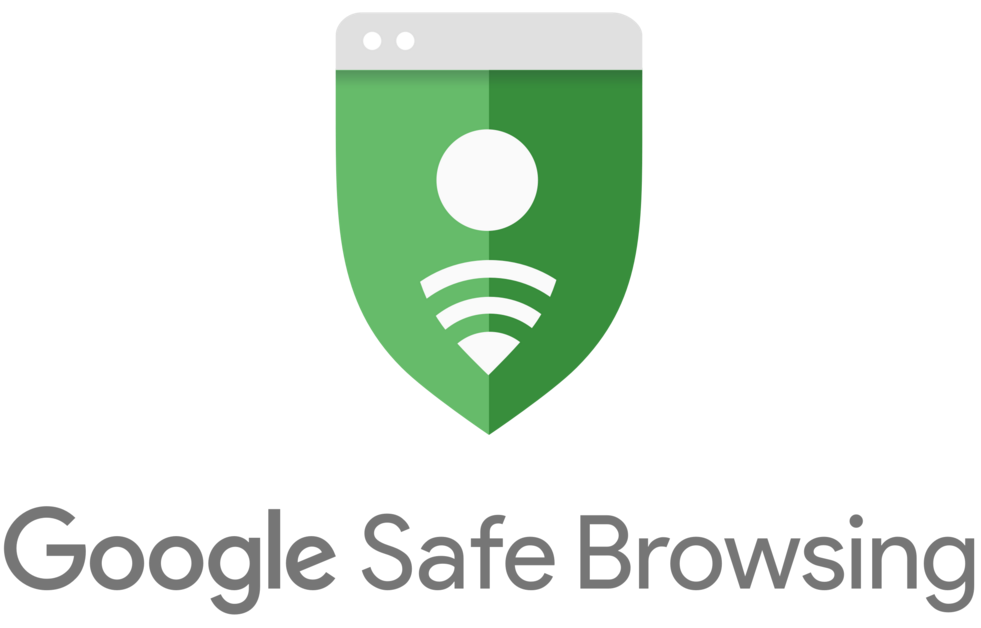For those navigating life in the U.S., understanding the country’s social welfare programs can be incredibly helpful. These programs are designed to provide assistance to individuals and families facing financial challenges. If you’re wondering what they are, how they work, and who qualifies, you're in the right place.
This blog will break down three major programs — Supplemental Nutrition Assistance Program (SNAP), Temporary Assistance for Needy Families (TANF), and Medicaid — to help you better understand their goals, benefits, and eligibility criteria.
What Are the Social Welfare Programs in the United States?
Social welfare programs in the U.S. are government initiatives that provide financial, medical, and other forms of assistance to low-income individuals and families.
They aim to improve the quality of life and meet essential needs like food, healthcare, and general financial security. Now, let's take a closer look at some of the most prominent programs.
Supplemental Nutrition Assistance Program (SNAP)
Goal
The Supplemental Nutrition Assistance Program (SNAP), often referred to as "food stamps," aims to help low-income individuals and families afford nutritious food.
The program is particularly focused on reducing hunger and promoting better diet quality among vulnerable populations.
Benefits
Through SNAP, beneficiaries receive monthly funds (loaded onto an Electronic Benefits Transfer card, or EBT) that can be used to purchase groceries.
These include fruits, vegetables, meat, bread, and other essential food items at participating stores.
- Flexibility: Funds are accepted at most grocery stores and even some farmer’s markets.
- Nutrition guidance: Participants often receive tips for making healthier food choices through the program.
- Emergency benefits: Extra assistance is available in times of crisis, such as natural disasters or economic downturns.
Eligibility Criteria
To qualify for SNAP, individuals and families must meet specific income and resource requirements set by the U.S. Department of Agriculture (USDA).
Key factors include:
- Income: Household income must generally be at or below 130% of the federal poverty line.
- Assets: Certain assets, like savings accounts, may be considered, though some (like retirement accounts) are excluded.
- Citizenship/Residency: Applicants must be U.S. citizens or qualified non-citizens, and most able-bodied adults are required to meet specific work requirements to qualify.
Temporary Assistance for Needy Families (TANF)
Goal
The Temporary Assistance for Needy Families (TANF) program provides financial assistance to low-income families with children.
Its goal is to promote self-sufficiency by supporting parents as they move toward stable employment.
Benefits
TANF funds can be used in various ways depending on the recipient's needs and the state program, as each state administers TANF differently.
Common benefits include:
- Cash assistance to help cover housing, utilities, and childcare expenses.
- Employment support, including job training and placement services.
- Childcare and transportation subsidies to ease the financial burden on families with working parents.
Eligibility Criteria
Eligibility for TANF is determined at the state level, but there are general federal guidelines:
- Income and assets: Applicants must demonstrate clear financial need.
- Family Composition: TANF is designed for families with children under 18.
- Work Requirements: Most adults must participate in work-related activities, such as jobs, job training, or community service, to continue receiving benefits.
TANF is not a long-term program; recipients are typically limited to 60 months of benefits over their lifetime, though certain exceptions apply based on individual circumstances.
Medicaid
Goal
Medicaid is a healthcare program that provides free or low-cost medical coverage to low-income individuals, families, seniors, and persons with disabilities.
Its overarching goal is to ensure that financial barriers do not prevent people from accessing essential healthcare services.
Benefits
Medicaid's benefits extend beyond basic healthcare and include:
- Medical Coverage for doctor visits, hospital stays, and emergency care.
- Prescription Drugs at little to no cost to recipients.
- Preventative Care like screenings and vaccinations.
- Specialized Services, such as long-term care and home health assistance for elderly and disabled individuals.
Eligibility Criteria
Medicaid eligibility varies by state because it is jointly funded by state and federal governments. However, there are overarching requirements:
- Income Threshold: Household income must fall below a percentage of the federal poverty level (FPL), usually between 100% and 138% (if the state expanded Medicaid under the Affordable Care Act).
- Demographics: Priority is given to children, pregnant individuals, low-income adults, and seniors.
- Citizenship: Applicants must be U.S. citizens or eligible immigrants.
- Disability (optional): Some states extend additional Medicaid benefits to individuals with disabilities, regardless of income.
Medicaid is one of the most extensive social welfare programs in the U.S., helping millions of Americans lead healthier lives by providing crucial medical support.
Key Takeaways for Navigating Social Welfare Programs
The United States' social welfare programs like SNAP, TANF, and Medicaid are designed to assist those in financial need with specific areas like nutrition, general financial stability, and healthcare. They offer vital support, but each comes with unique goals, benefits, and eligibility requirements.
If you or your family need help, taking the time to explore available programs can be a meaningful first step toward greater stability. Be sure to visit local government websites or contact nearby agencies for state-specific details and application resources.
Have Questions? Advice Tailored to Your Needs
Navigating social support options can feel overwhelming, but resources are available to guide you each step of the way. Start researching today, and don’t hesitate to reach out to social service advisors for personalized assistance.
LEARN MORE ABOUT FINANCIAL LIFE



 8 Common Mistakes to Avoid When Filing Your Taxes
8 Common Mistakes to Avoid When Filing Your Taxes  Age Limits for Children’s Bank Accounts: What Parents Need to Know
Age Limits for Children’s Bank Accounts: What Parents Need to Know  The Impact of Artificial Intelligence Advancements on the Financial Lives of Americans
The Impact of Artificial Intelligence Advancements on the Financial Lives of Americans